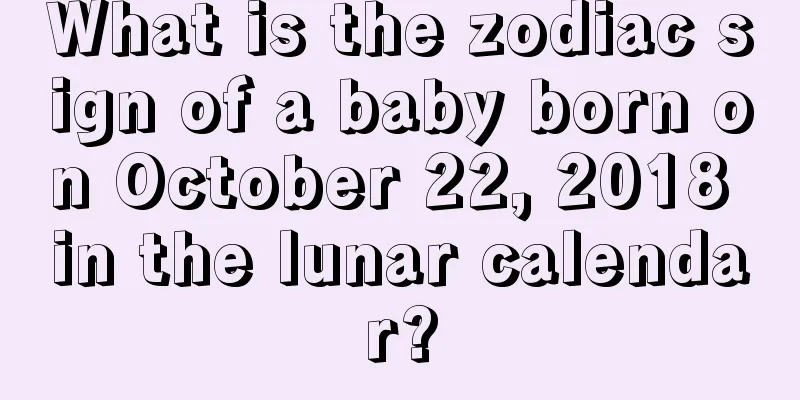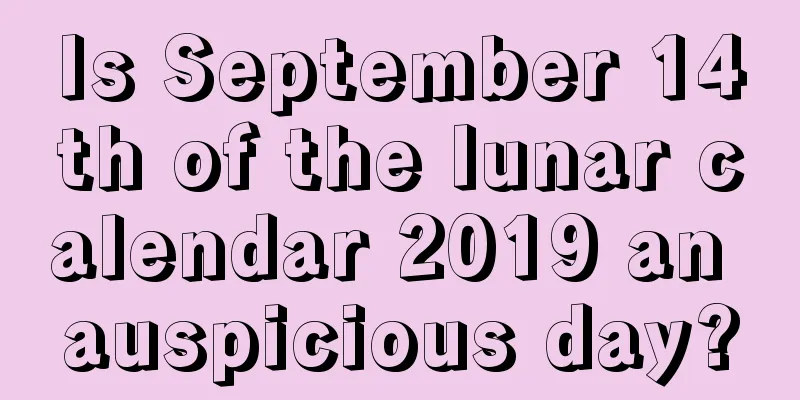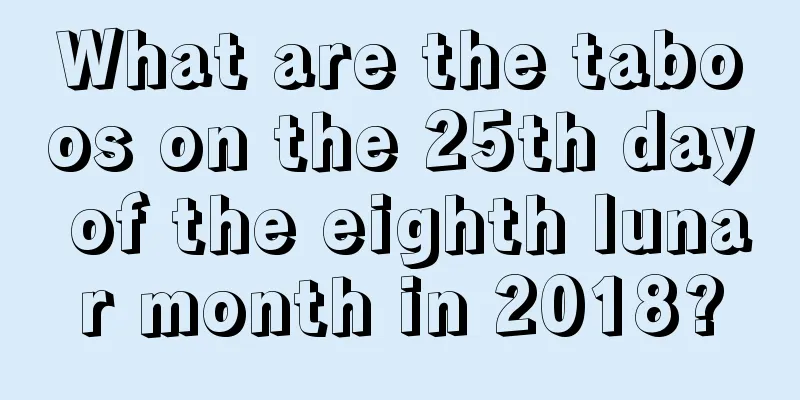How did the National Day come about? The origin of national symbols

Ever since I started school, I knew that October 1st was National Day and that we would have a week-long holiday. We have been looking forward to its arrival since school started in September, so how did the National Day come about? A piece of history of National Day. The ninth month of the lunar calendar brings you not only the fragrance of golden osmanthus, but also a pleasant short holiday. In the ninth month of the lunar calendar, learn about the beauty of late autumn with Shuimoxiansheng.com.How did the National Day come about?The National Day of the People's Republic of China is the anniversary of the founding of the People's Republic of China. On October 1, 1949, the founding ceremony of the People's Republic of China was held in Tiananmen Square in Beijing, and the Central People's Government of the People's Republic of China was formally established on this day.《1》The first session of the First National Committee of the Chinese People's Political Consultative Conference was held in the Qinzheng Hall of Zhongnanhai on October 9, 1949. The session elected the Chairman, Vice-Chairmen, Standing Committee members and Secretary-General of the First National Committee of the CPPCC. Ma Xulun, a member of the first National Committee of the CPPCC, entrusted member Xu Guangping to propose to the conference due to illness: "Please ask the government to designate October 1 as the National Day of the People's Republic of China to replace the old National Day of October 10". The conference decided to send the proposal to the Central People's Government for adoption and implementation. 《2》On December 2, 1949, the Fourth Session of the Central People's Government Committee adopted the "Resolution on the National Day of the People's Republic of China", declaring: "From 1950 onwards, October 1 of each year, the day the People's Republic of China was proclaimed as founded, will be the National Day of the People's Republic of China." In the early days of the People's Republic of China (1950-1959), large-scale celebrations and military parades were held every National Day. In September 1960, the CPC Central Committee and the State Council decided to reform the National Day system in line with the principle of building the country through diligence and thrift. From then on, from 1960 to 1970, grand rallies and mass parades were held in front of Tiananmen Square every National Day, but no military parades were held. From 1971 to 1983, Beijing celebrated National Day on October 1 every year with large-scale garden parties and other forms of celebration, but no mass parades. In 1984, on the 35th anniversary of the National Day, a grand National Day military parade and mass celebration parade were held. In the following decade, other forms of celebration were adopted for National Day, and no more National Day military parades or mass celebration parades were held. On October 1, 1999, the 50th anniversary of the National Day, a grand National Day military parade and mass celebration parade were held. This was the last grand National Day celebration held by the People's Republic of China in the 20th century. National Days in Different Countries <br /> National Day is an important holiday in every country, but the names are different. Many countries call it "National Day" or "National Day", some countries call it "Independence Day" or "Independence Day", some call it "Republic Day", "Republic Day", "Revolution Day", "Liberation Day", "National Renaissance Day", "Constitution Day", etc. There are also those that simply add "day" to the country name, such as "Australia Day" and "Pakistan Day". Some take the king's birthday or accession day as the National Day. If the king changes, the specific date of the National Day will also change accordingly. The origin of national symbols"Five-Star Red Flag" - The national flag of the People's Republic of China is red, symbolizing revolution.The five five-pointed stars on the flag and their relationship to each other symbolize the great unity of the revolutionary people under the leadership of the Communist Party. The star is yellow in color to stand out brightly against the red ground. One corner of each of the four small five-pointed stars faces the center point of the big star, indicating unity around a center. On June 28, 1990, the 14th session of the Standing Committee of the Seventh National People's Congress passed the National Flag Law of the People's Republic of China. The law came into effect on October 1 of that year. "National Anthem" - On September 27, 1949, on the eve of the founding of the People's Republic of China, the First Plenary Session of the Chinese People's Political Consultative Conference resolved that before the national anthem was formally formulated, "March of the Volunteers" with lyrics by Tian Han and music by Nie Er would be used as the interim national anthem. In 1978, the First Session of the Fifth National People's Congress officially adopted "The March of the Volunteers" as the national anthem of the People's Republic of China. Watching the red flag at Tiananmen Square - Every National Day, going to Tiananmen Square to watch the flag-raising ceremony is the dream of countless people. Therefore, people who take advantage of the National Day holiday to travel to Beijing usually arrive at Tiananmen Square early to watch the soldiers of the national flag squad raise the flag to express their immense love for the motherland. Watching the five-star red flag slowly rise, the excitement in their hearts is beyond words. |
Recommend
Is it a suitable day to open the market for business on the fifth day of the tenth lunar month in 2017 when the light snow comes?
Introduction: Our country has been a traditional c...
When is the Minor Snow solar term in 2021? What do the three signs of the Xiaoxue solar term refer to?
The time of the Xiaoxue solar term will change eve...
Why do we give carnations on Mother's Day? How many carnations are best to give on Mother's Day in 2019?
Introduction: Mother's Day is an important hol...
Is it a good idea to hold the funeral on December 19th of the lunar calendar in 2017?
Introduction: The death of a loved one makes it di...
Is December 19th of the lunar calendar in 2020 suitable for opening a new store or company?
Is December 19th of the lunar calendar in 2020 su...
What zodiac sign do you belong to if you were born on the seventh day of the eighth lunar month in 2018? What is the corresponding birthday password?
It is the eighth month of the lunar calendar, the ...
Is the fifth day of the sixth lunar month in 2020 an auspicious day? What month and date is it?
The sixth month in the lunar calendar is the firs...
2018 Lunar March 26th auspicious time, good and bad time query
It’s March again, the season of colorful flowers ...
Query of good and bad luck at different times on the 14th day of the sixth lunar month in 2020
June is also known as the hottest month of the ye...
Why do we eat mooncakes during the Mid-Autumn Festival? What can we eat during Mid-Autumn Festival?
According to the Chinese lunar calendar, August is...
Are people born at the hour of Chen on the fourth day of May in 2019, the Grain in Ear solar term, destined to be rich?
People born in the Year of the Pig are sincere and...
What is the legend of the Cold Clothes Festival? Is the burning of cold clothes on the Cold Clothes Festival in the morning or in the afternoon?
Introduction: Cold Clothes Festival is one of the ...
Complete list of taboos for the Beginning of Spring. What should you pay attention to?
The Beginning of Spring is the first of the 24 sol...
What is the fate of a Pig born in the eleventh month of the lunar calendar? Which zodiac sign is the most compatible with the Pig?
Introduction: Everyone has his or her own destiny ...
Is March 20, 2022, the Grain Rain Day, a good day? Is it an auspicious day for a haircut?
The third month of the lunar calendar is when spri...









